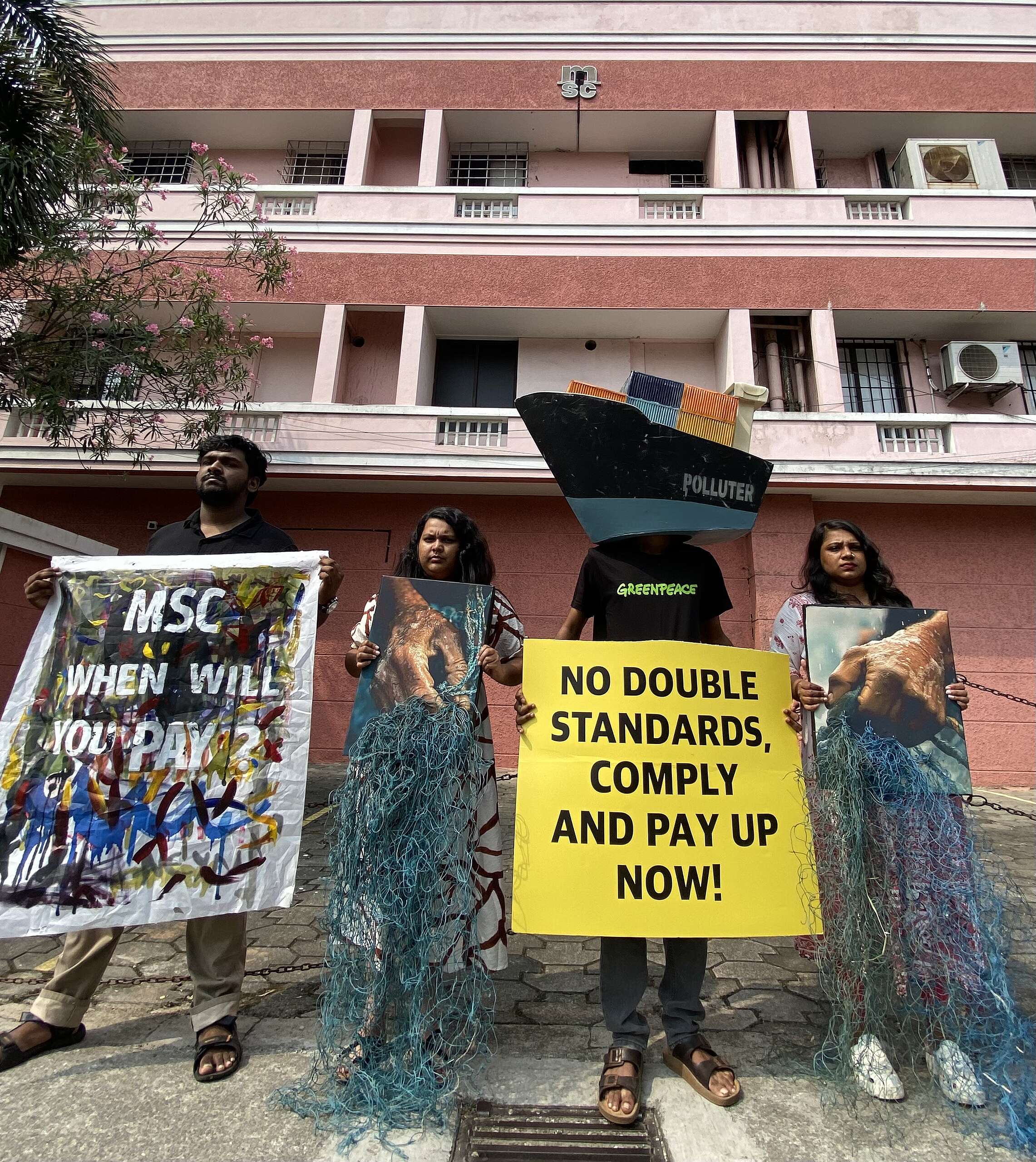Delhi, 12 July, 2025: A recent audit of 50 parks across Delhi has revealed stark contrasts in surface temperatures – with shaded green areas being up to 20°C cooler in some parks than nearby unshaded concrete spaces, while an average 10°C temperature difference was recorded. In one instance, the concrete zones peaked at 53.3°C, while tree-covered spots within the same park remained at 35°C, underscoring the critical cooling power of urban forests.
Yet despite this natural relief, the audit led by Greenpeace India in collaboration with COHAS and Youth For Climate Justice, South Asia highlights a troubling picture: 8 out of 10 parks lack drinking water facilities for the public, and none of the parks had official provisions for nests or birdhouses to protect urban birdlife from soaring temperatures.
The audit was conducted to assess how well Delhi’s green spaces, which serve as vital buffers against extreme heat, are currently equipped to meet the needs of residents, animals, and birds during peak summer months. It surveyed basic amenities such as access to water, cooling infrastructure, biodiversity support, and equitable access across Delhi’s zones.
While Delhi is said to have green cover across 25% of its geographical area, the reality is that most parks are concentrated in just five districts, leaving large swathes of the city, particularly low-income, congested areas with minimal access to green relief. This inequity, combined with concretisation of urban forests, further enhances heat vulnerability in the capital.
“At a time of record-breaking heat waves, Delhi cannot afford to lose its lung spaces. Urban forests and parks are not ornamental — they are life-saving infrastructure and help our cities fight climate change. This audit clearly shows that green cover lowers temperatures dramatically, yet our policies prioritize concrete over canopies. The forest cover in Delhi has and is still under threat of being converted into big infrastructural projects. Forest areas like Dwarka forest, Aravalis act as carbon sinks for Delhi and destroying these will further aggravate the impacts of climate change. There is a need to save some of the forests. If we are serious about climate resilience, we need urgent, actionable changes,” said Aakiz Farooq, Climate & Energy Campaigner at Greenpeace India.
“We conducted this audit in the middle of the heat as we wanted to understand what people are really going through. In many low-income neighbourhoods, the heat lingers late into night, yet most parks are locked. It made us realise that parks aren’t luxuries, they’re life-saving infrastructure. We also noticed how tree roots were choked with concrete, green patches were disappearing under paving, and drinking water was missing. We recorded a significant temperature difference between green, shaded spaces. Parks should be open 24×7, with water facilities and shade as these are basic, life-saving necessities,” said Priyanka, member of the audit team from COHAS.
Key Findings of the Audit:
- Temperature Variance: Up to 20°C difference between shaded green areas and adjacent concrete zones in some parks while an average of 10°C difference was recorded.
- Average Surface Temperatures: 39.2°C in unshaded concrete spaces vs. 28.9°C under tree cover.
- Lack of Drinking Water: 78% of parks lacked public drinking water points.
- Neglected Wildlife Needs: While 73% of parks had water bowls for animals and birds, almost all were set up by local residents or caretakers, not authorities.
- Poor Water Body Management: Only 28% of parks had water bodies, many of which were dirty or drying up.
- No Birdhouses: None of the parks had installed nests or birdhouses.
- Access Restrictions: 74% of parks were closed at some time of the day, with 64% shut during night hours — limiting respite for residents in heat-stressed neighborhoods.
This audit report, part of Delhi Rising campaign underscores an urgent truth: our cities cannot survive rising heat without inclusive, well-maintained green spaces. Public parks and urban forests must be protected — not converted into malls, parking lots, or gated “clean zones.” They must be accessible, equitable, and ecologically alive.
ENDS
For Media queries: Nibedita Saha, Media Officer, [email protected]



